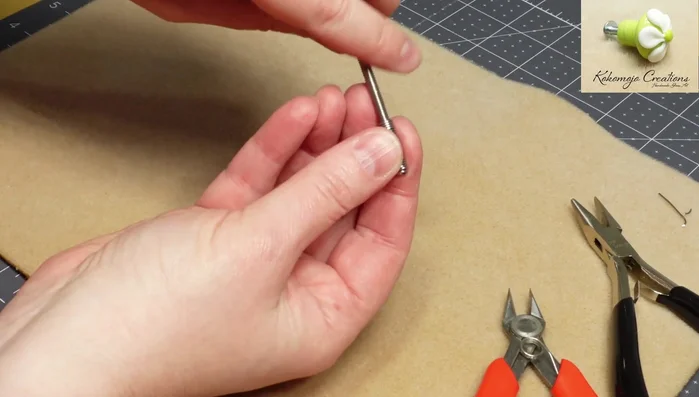Glass knobs. They're more than just functional hardware; they're shimmering jewels that elevate the aesthetic of any piece of furniture, from antique dressers to modern kitchen cabinets. Their subtle sparkle can transform a room, adding a touch of elegance or a burst of vibrant color depending on your chosen style. But crafting your own bespoke glass knobs might seem daunting. The truth is, with the right techniques and a little patience, creating these stunning accents is surprisingly accessible. You can achieve professional-looking results, perfectly tailored to your design vision, without needing specialized equipment or extensive glassblowing experience.
This guide will walk you through a detailed, step-by-step process for making your own beautiful and unique glass knobs, empowering you to create stunning, personalized hardware for your home. From selecting the perfect glass to adding those finishing touches, we’ll equip you with everything you need to transform ordinary doors and drawers into extraordinary design statements. Let's get started!
Preparation and Safety Guidelines
- Threaded mandrel (or A32 threaded rod)
- Handmade inserts
- Raking tool
- Knife or shaping tool
- Domed shaping tool (e.g., lentil press top)
- Tweezers or mini mashers
- Padded tongs (or mashers)
- Soft glass (e.g., 104 glass)
- Kiln
- Always wear safety glasses and a dust mask when working with glass. Glass shards are sharp and silica dust is harmful to your lungs.
- Use appropriate tools for cutting and grinding glass. Improper tools can lead to injury and uneven results.
- Work in a well-ventilated area. Some glass-cutting and finishing processes produce fumes or dust.
Step-by-Step Instructions
Prepare the Mandrel and Insert
- Place the insert onto the threaded mandrel. Ensure the insert is slightly loose for easier removal later.

Prepare the Mandrel and Insert Preheat and Initial Glass Application
- Preheat the insert until glowing, observing the color changes. Avoid overheating to prevent melting.
- Build the bottom half (shank) of the knob, applying glass to the bottom of the insert, ensuring it doesn't touch the mandrel. Use a shaping tool to smooth and create a nicely rounded shank.


Preheat and Initial Glass Application Shape the Shank
- Adjust the insert tightness with tweezers or mini mashers if necessary. The insert should be loose enough to prevent sticking but tight enough to maintain shape during crafting.
- Continue shaping the shank until it's round and flat on the bottom for a stable base.


Shape the Shank Prepare for Top Creation
- Loosen the insert slightly using mini mashers to create space between the mandrel and insert end, reducing the risk of glass sticking.

Prepare for Top Creation Create and Shape the Knob Top
- Add glass to the end of the insert to create the top of the knob. Use a round or dome shaping tool to gently press and shape the top.
- Test the knob periodically to ensure it's not stuck. If stuck, gently loosen with mini mashers. If the insert is stuck due to heat expansion, continue shaping; the knob can be removed later after cooling in the kiln.


Create and Shape the Knob Top Refine Knob Shape
- Continue adding and shaping glass until the desired knob shape is achieved. Regularly twist the knob with mini mashers to maintain looseness.
- Flatten the underside of the knob's dome for comfortable hand placement.


Refine Knob Shape Decorate the Knob (Optional)
- Decorate the knob (optional). For example, create a flower by placing and pressing down evenly spaced dots, then using a raking tool to create petals. Add a central dot and shape as desired. Add more heat to remove any chill marks.

Decorate the Knob (Optional) Final Shaping and Heat Treatment
- Apply additional heat to the shank to prevent cracking during the cooling process.


Final Shaping and Heat Treatment Remove and Anneal
- Remove the knob from the mandrel using padded tongs or mashers, and place in a kiln to anneal. If removal is difficult, anneal the whole assembly and remove afterward.


Remove and Anneal
Read more: DIY: Create Custom Canister Labels with Silhouette Cameo
Tips
- Keep the insert slightly loose to prevent sticking and ease removal.
- Avoid overheating the insert.
- Create a flat bottom on the shank for stability.
- Periodically check and adjust the insert's tightness.
- Apply heat to the shank to prevent cracking.












